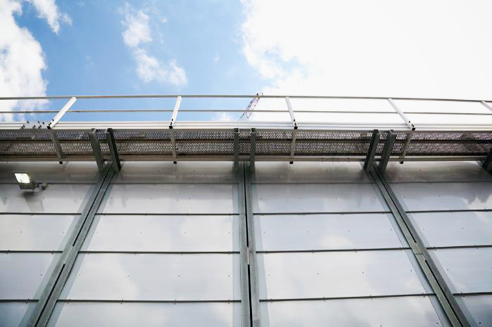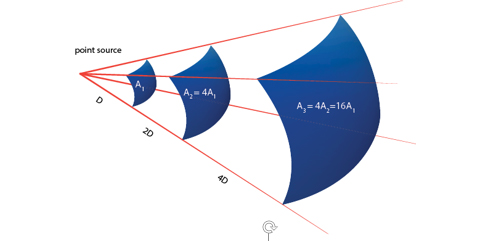Acoustic Screens for High Impact Urban Noise from Pyrotek

Sorberscreen Micro - Acoustic Screens Protect
Neighbours from High Impact Urban Noise
A person with healthy hearing under favourable conditions can usually perceive a change in noise level as small as 3 dB. - however reverberation from truck engines, crowds, foot traffic, and other outdoor urban chaos needs to be addressed and well thought out as noise levels are noticeable (and can have real impact) as they increase. Ambient noise can escalate to unacceptable levels, especially when in close proximity to other sources of noise.
The redevelopment, new life and latest buildings in urban* areas certainly challenge architects, specifiers and residents alike to look to see what is being done to tone down local noise levels as well as visually. As distances from sources of urban noise decrease, suitable attention to sensible materials that address and absorb noise are excellent to consider and incorporate.


Sorberscreen is a high technology, lightweight metal sound absorber panel which can be used in aesthetic and industrial challenges alike. In order to reduce noise reverberation and echo - including large areas over 1000sqm - it can be used effectively for outdoor purposes such as loading docks, cafes, commercial buildings, offices, warehousing, shopping centres and courtyard spaces.
Used with a suitable air gap, and with correctly calculated install - an effective noise reduction of NRC 0.8 can be achieved. Panels can be supplied cut to size, trimmed or untrimmed. Simply affix, rivetting flush, with flashing and consider if further systems of absorbent materials can help boost the noise control effect.
Cutting edge, new applications, high performance. Pyrotek are experts in acoustic solutions and specialised materials to make a true difference to manufacturing worldwide. For more information, visit www.pyroteknc.com.
*Outdoors, sound waves travel in a continuously expanding spherical wavefront from the source. The surface of the sphere grows four times with each doubling of the distance from the source. The sound hence rapidly declines with the distance from the source.

|






 Acoustic Plywood Panels for Yachts by
Acoustic Plywood Panels for Yachts by Noise Absorber for Tunnels by Pyrotek
Noise Absorber for Tunnels by Pyrotek Fyrewrap Marine Blanket by Pyrotek
Fyrewrap Marine Blanket by Pyrotek Litecore Marine Panel by Pyrotek
Litecore Marine Panel by Pyrotek Soundproofing for Pipes and Ducts by
Soundproofing for Pipes and Ducts by Industrial Noise Curtains by Pyrotek
Industrial Noise Curtains by Pyrotek Foil Faced Noise Barrier by Pyrotek
Foil Faced Noise Barrier by Pyrotek Marine Exhaust Systems by Pyrotek
Marine Exhaust Systems by Pyrotek Acoustic Lagging Solution for Cinemas by
Acoustic Lagging Solution for Cinemas by Mineral Wool Marine Insulation by
Mineral Wool Marine Insulation by Acoustic Absorbers for Outdoor
Acoustic Absorbers for Outdoor Vibration Damping Compound by Pyrotek
Vibration Damping Compound by Pyrotek Custom Removable Insulation Covers for
Custom Removable Insulation Covers for Flying Boats in Dubai | Pyrotek
Flying Boats in Dubai | Pyrotek Wavebar Roof in Classrooms by Pyrotek
Wavebar Roof in Classrooms by Pyrotek Removable Insulation Covers by Pyrotek
Removable Insulation Covers by Pyrotek Soundlag Acoustic Insulation for Cinemas
Soundlag Acoustic Insulation for Cinemas Australian-made Mass Loaded Vinyl Noise
Australian-made Mass Loaded Vinyl Noise Elevator Shaft or Chute Noise Control
Elevator Shaft or Chute Noise Control World-class Studio Soundproofing with
World-class Studio Soundproofing with
